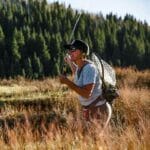

What a thrilling prospect to catch native fish in a spectacular wilderness setting like in the picture above. That is what anglers’ dreams are made of. Years of hard work, planning and enduring partnerships strove towards this goal, but it’s still not quite a realized dream.
In 2005, Fred Bunch, chief of resource management at Great Sand Dunes National Park and Preserve, hatched a plan to make this dream come true. It all came about because the National Park Service purchased acreage from the Forest Service, including the Sand Creek drainage, to triple the size of the park. He proposed reintroducing native Rio Grande cutthroat trout in the Sand Creek drainage to create a resilient refuge as well as to offer anglers an incredible native trout fishery.
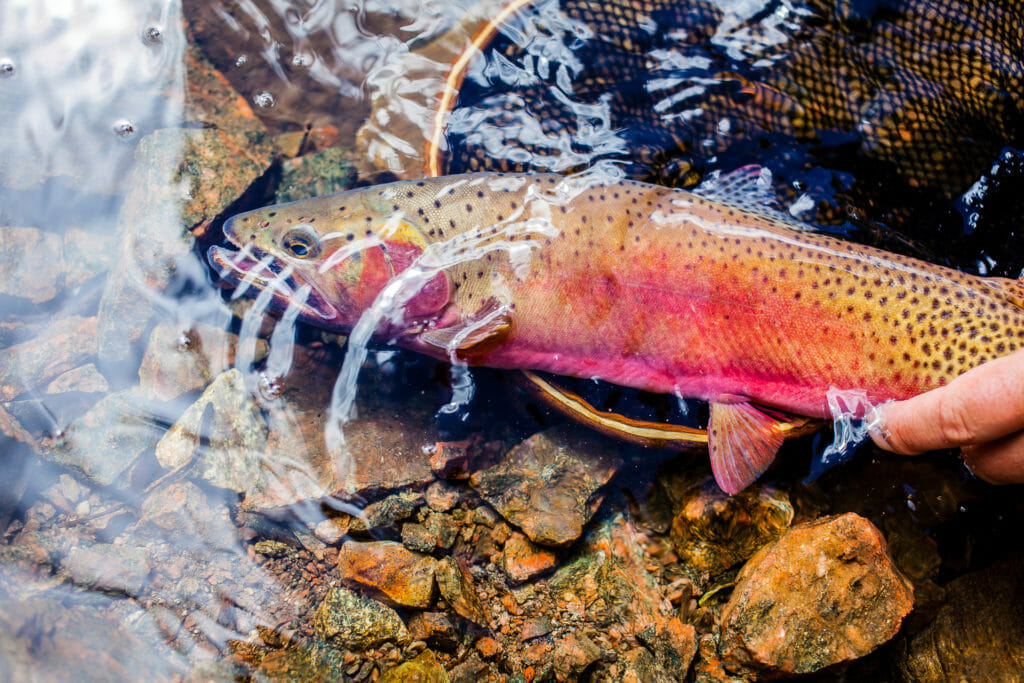
Stemming from a comprehensive agreement between federal and state agencies, tribes and nongovernmental organizations, a plan was in place to reintroduce the Rio Grande cutthroat trout through more of its historic range. Partnering with Colorado Parks & Wildlife, USGS, San Luis Valley TU chapter and others, baseline surveys were conducted on the lakes and 13 miles of stream to see what lived there and how viable this dream was. Finding rainbows, brookies, nonnative cutthroat and cuttbows, the teams then considered if the barriers were in place to isolate a reintroduced native population from the adverse competition these species inflict. Luckily lakes, waterfalls and a stream that infiltrates the sand dunes each summer offered the ideal barriers, so planning commenced.
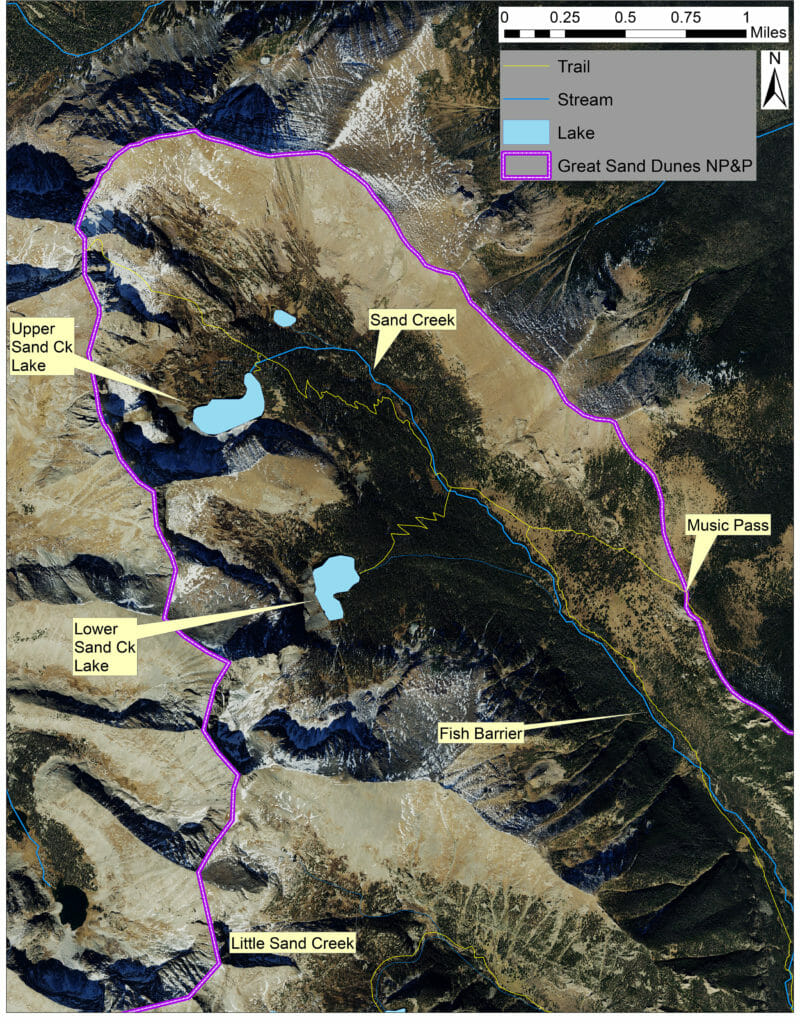
CPW readied its Rio Grande cutthroat broodstock in nearby Haypress Lake. The USGS and TU conducted temperature monitoring and other necessary tests. Funds were secured from the Western Native Trout Initiative, and Running Rivers kicked in, too. TU helped with alerting interested parties about the project and securing and funding an outfitter to haul in basecamp, food, and facilities. The first treatment of rotenone from the upper lake to the waterfall was scheduled for late August 2019.
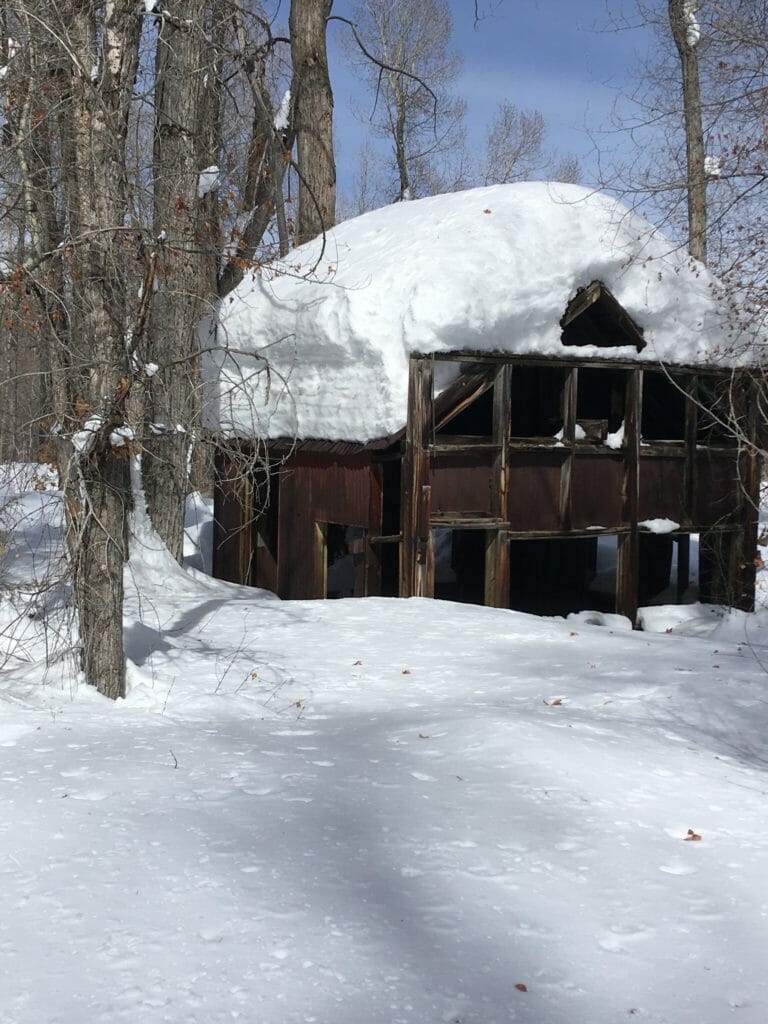
But the big winter of 2018-2019 hit. Colorado saw snowstorms and hard freezes into June. Water temperatures proved too cold for spawning of the nonnatives until late in the summer, so the rotenone treatment was postponed because it works only on adults and not eggs, unfortunately.
The outfitter is packing up and heading out of the headwater lake. The helicopter dropping the necessary equipment is on hold, but despite postponing the first round, the project will continue. NPS strives to restore native species throughout its boundaries, and since this is a wilderness area, it is imperative to restore native trout to more closely resemble its heritage. Anglers will soon have an opportunity to catch gorgeous Rio Grande cutthroat trout in an undisturbed landscape. Just have a bit more patience.
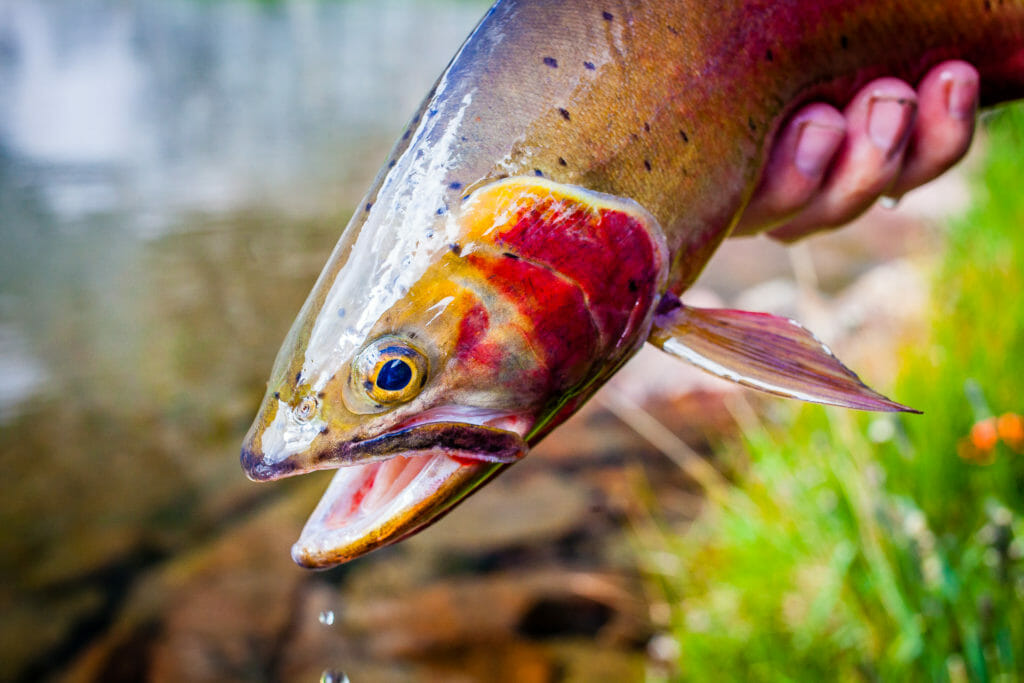
Proposed Timeline:
- Summer 2020 – removal/treatment in the upper Sand Creek drainage, including the upper and lower lakes.
- Fall 2021 – restock native Rio Grande cutthroat and Rio Grande Sucker, long nose Dace in upper Sand Creek drainage
- Summer 2021 – treatment of lower Sand Creek drainage
- Fall 2022 – – restock native Rio Grande cutthroat and Rio Grande Sucker, long nose Dace in lower Sand Creek drainage



